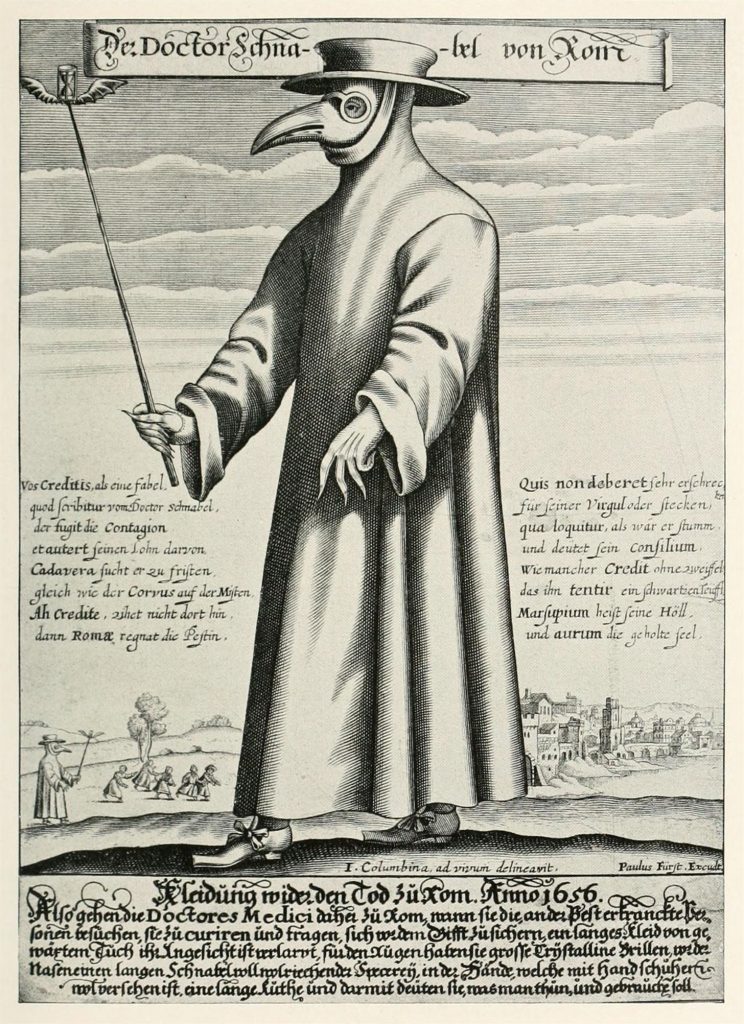Digital Contact Tracing Systems

Contact tracing is an essential method for mitigating disease. It has been used for many years in fighting pandemics.
Pandemics have been around forever. They have caused many deaths, impacted the economies of nations, and have changed human history.
Today we are in the middle of the most recent pandemic, and it too has changed our lives. We struggle to maintain mitigation methods such as wearing masks, identifying people with the disease, and contact tracing to control the spread.
This article reviews how contact tracing and other mitigation efforts have been used to fight the pandemic. It examines the historical, social, political, and scientific aspects of mitigating illness.
Contact Tracing in Pandemic History
One of the earliest pandemics was the Black Death (or plague), which occurred in the Late Neolithic-Early Bronze Age (around 3,000 BCE) and resulted in mass population migrations. An article in nature, “Bronze Age Skeletons Were Earliest Plague Victims,” described how the study of bronze age skeletons verified the presence of plague in their DNA. The disease caused a massive exodus of people from the steppe of what is now Russia and Ukraine; they scattered west into Europe and east into central Asia. They ran to avoid contact with the sickness that was sweeping the area. Even back then, they knew that contact with sick people was dangerous.

The deadliest plague in recorded history killed 100 – 200 million people worldwide in the 14th century. The article, THE BLACK DEATH: THE PLAGUE, 1331-1770, said that the best estimates now are that at least 25 million people died in Europe from 1347 to 1352. It took 150 years for Europe’s population to recover.
Besides the medieval cures that included such things as bathing in your own urine, they used masks, contact tracing, and isolation to reduce the deaths. The plague doctor with his bird-like costume was probably the first contact tracer.
Other major pandemics include measles, smallpox, syphilis, typhus, cholera, HIV/AIDS, the 1918 flu pandemic, SARS, and Ebola.
During all these pandemics, there has been a conflict between politics, science, and the economy. During the Middle Ages, the Church attributed the plague to “supernatural forces and, primarily, the will or wrath of God.” The response to the 1918 flu was affected by World War I, and the presidential election. Political leaders even tried to hide the existence of the pandemic because of partisan or diplomatic reasons, perhaps to avoid disruptions in trade and travel. The inconsistency of messages to the public slowed the response to the epidemic and resulted in increased death.
Contact Tracing Provides Containment and Mitigation of Disease
The control of pandemics consists of containment and mitigation. Stanford University described the Public Health Response to the 1918 flu. During that outbreak, masks, contact tracing, and isolation helped return the country to normal. Other public health interventions, such as vaccines and therapeutic countermeasures, were used to mitigate and control the spread.
By learning from past experiences and following the advice of scientists, we can control the outbreak of Covid-19. The strategy is to identify infected individuals, use body temperature scanning, provide contact tracing, use masks, test people for disease, and isolate infected individuals to stop the spread of illness.
Contact Tracing and Wearing Your Team Colors
Many of us are aware that the mitigation methods are essential in keeping us all safe. Unfortunately, there have been political influences that have modified behavior. Like cheering for their favorite team, and wearing their team colors, people will not wear a mask, or object to contact tracing, because of political affiliation. The conflict between tribalism and science continues to haunt us even in the worst of times.
Digital Contact Tracing and Privacy
Some people are concerned that contact tracing, and especially automated contact tracing, can intrude on their privacy. The new digital contact tracing methods pay attention to this concern. The contact tracing methodology is to register the time a person spends close to another person. The process doesn’t record personal data or the person’s location. The system only provides a list of possible contacts if someone is reported to be sick.
Automated Contact Tracing System

The automation of contact tracing was inevitable. Just like other manual operations, the computer has now made it easier to trace all the people you have been near.
One method is to use smartphones to provide contact tracing. Apple and Google have teamed together to provide this service. There have been some privacy concerns, and contact tracing offered by smartphone apps has not been widely implemented.
Another approach for digital contact tracing uses separate electronic tags rather than a smartphone. People carry these tags while they are inside an organization. The contact tracing system doesn’t use smartphones and provides better privacy. Conceptually the process is easy. The system uses contact tracing devices (tags) that detect when they are close to another similar device. Each tag keeps a record of contacts and the duration of time they were together. Information from each tag is then automatically sent to a database that holds the data from all these devices. To learn more, see the Contact Tracing System product description.
Automated Contact Tracing Summary
Contact tracing is an essential method of controlling the spread of disease. It has been used in many historic pandemics. History teaches us that it’s crucial to follow suggestions provided by the medical community. There are political and religious conflicts that can confuse the successful implementation of mitigation methods.
Contact tracing is only one of the methods used to reduce transmission of disease. There are other protocols that should be followed, such as wearing masks, social isolation, testing, and temperature scanning.
If you would like help selecting the right systems for controlling disease, please contact us at 800-431-1658 in the USA, 914-944-3425, everywhere else, or use our contact form.